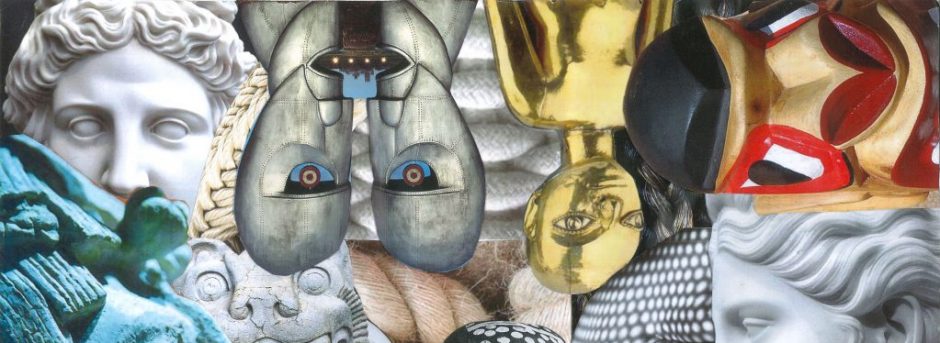Protected: Blog Task 2: Faith, Religion and Belief
Posted in Inclusive Practices
Tagged Inclusive Practice Blog Post
Enter your password to view comments.
Protected: Blog 1: Disability and Intersectionality
Posted in Inclusive Practices
Tagged Disability, Inclusive Practice Blog Post, Intersectionality
Enter your password to view comments.
Protected: Intervention
Posted in Inclusive Practices
Tagged Inclusive Practice Intervention
Enter your password to view comments.
Protected: Reflective Blog Post 5 (Additional) Gregersen, T. (2007). ‘Language learning beyond words: Incorporating body language into classroom activities’
Posted in Theories, Policies and Practices
Tagged TPP Blog Posts
Enter your password to view comments.
Protected: Reflective Blog Post 4 – Hardie, K. (2015) ‘Innovative pedagogies series: Wow: The power of objects in object-based learning and teaching’
Posted in Theories, Policies and Practices
Tagged TPP Blog Posts
Enter your password to view comments.
Protected: Record of Observation or Review of Teaching Practice Observed by a PGCert Tutor
Posted in Theories, Policies and Practices
Tagged TPP Observations
Enter your password to view comments.
Protected: Record of Observation/Review of Teaching Practice Observing a PGCert Peer
Posted in Theories, Policies and Practices
Tagged TPP Observations
Enter your password to view comments.
Protected: Case Study 3 – Assessing learning and exchanging feedback
Posted in Theories, Policies and Practices
Tagged TPP Case Studies
Enter your password to view comments.
Protected: Experimental Design Micro-teaching
Posted in Theories, Policies and Practices
Tagged TPP Microteaching
Enter your password to view comments.
Protected: Case Study 1 – Knowing and responding to your students’ diverse needs
Posted in Theories, Policies and Practices
Tagged TPP Case Studies
Enter your password to view comments.
